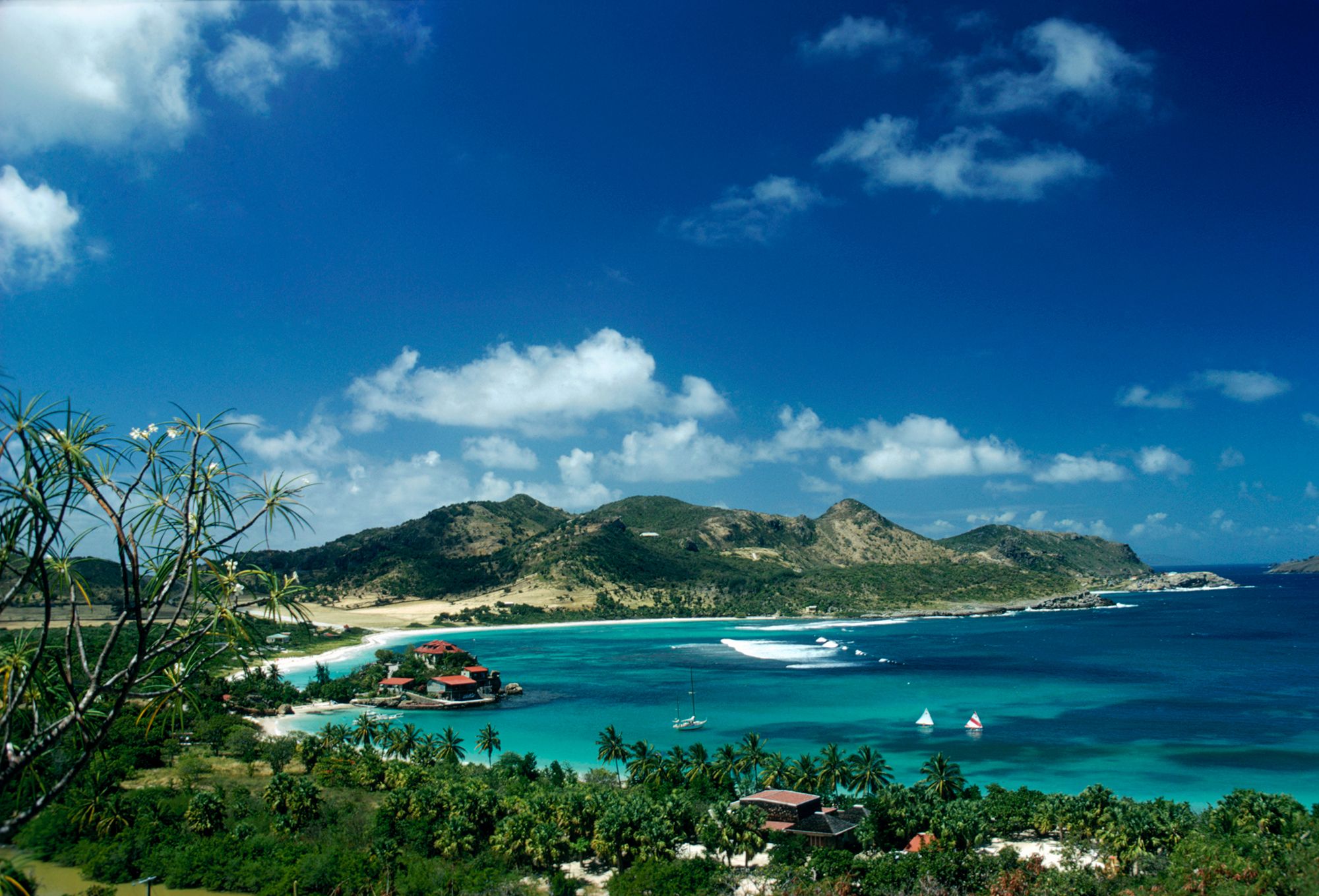Mangroves Thriving on Certain Australian Islands Due to Sea Level Rise

A recent study has suggested that some mangrove forests around Australia have thrived over the past few decades, potentially due to rising sea levels.
The bedrock of many wooded islands off Australia’s northern coast is intimately connected to the skeletal remains of ancient coral reefs. These tropical habitats are rich in biodiversity and are home to mangrove forests which provide valuable environments for wildlife as well as sequestration of carbon. The first survey of these islands in half a century reveals that increasing sea levels could be driving a significant expansion of the mangrove forests, as published on November 1 in the Proceedings of the Royal Society B.
Rising sea levels are a cause for concern for mangroves in many regions globally, however the situation at the Howick Islands in the Great Barrier Reef, appears to be different due to their unique geological history.
Temilola Fatoyinbo, a forest ecologist at NASA’s Goddard Space Flight Center in Greenbelt, Md., who did not participate in the study, remarks that it is refreshing to observe mangrove expansion amid the more prevalent trend of mangrove loss.
Mangroves are groups of various species of plants that are adapted to thrive in coastal habitats. They absorb carbon dioxide and store it as ‘blue carbon’, denoting carbon sequestered in marine environments.
Kerrylee Rogers, an environmental scientist at the University of Wollongong in Australia, says that considerable interest surrounds the potential use of mangrove blue carbon in mitigating climate change, although questions remain about their capacity to adapt to sea-level rise.
In 2021, a team of researchers led by Sarah Hamylton, an environmental scientist at Wollongong, visited the Howick Islands to examine the impact of sea-level rise on the local mangroves. They used a drone for aerial imaging and manually measured tree sizes and diversity, using this data to estimate the overall mangrove biomass.
The research revealed that the islands are home to approximately 54,000 metric tons of mangroves, an increase of around 10,000 metric tons from 1973. The forest’s spread has also widened on many of the islands.
The researchers believe that the unique geological history of the Howick Islands makes them an ideal habitat for the salt-tolerant mangroves as sea levels continue to rise. Rogers stresses the importance of local-level research in understanding broader patterns, an opinion shared by Fatoyinbo.
Rogers and Hamylton are currently undertaking a larger project studying mangroves around Australia. Rogers states that it is crucial to understand the dynamism of mangroves if we are to rely on them for blue carbon sequestration and shoreline protection, as well as predicting their future adaptability in response to rising sea levels.
Support from readers made this article possible. Donations today would help to continue to deliver quality science journalism.




